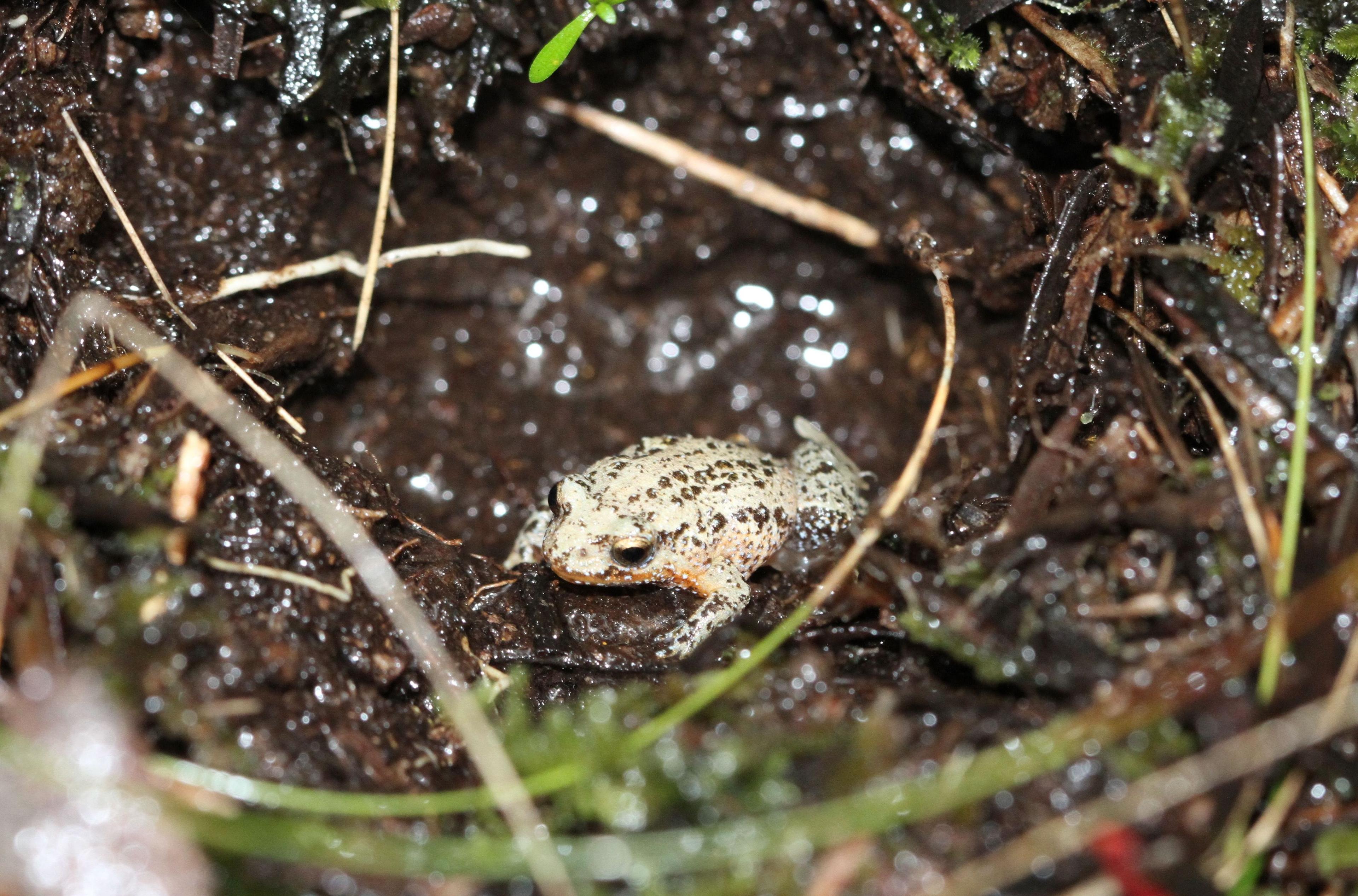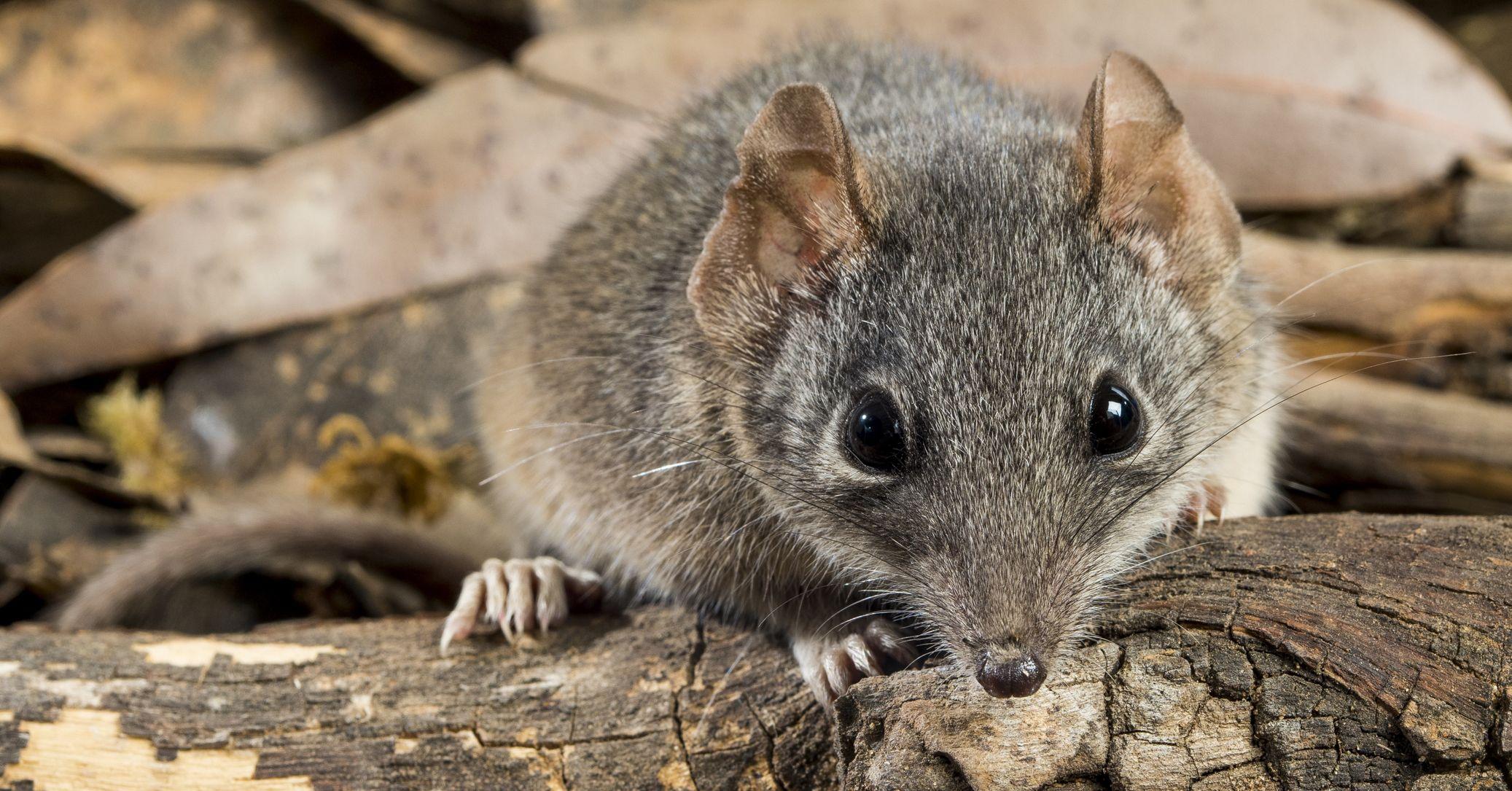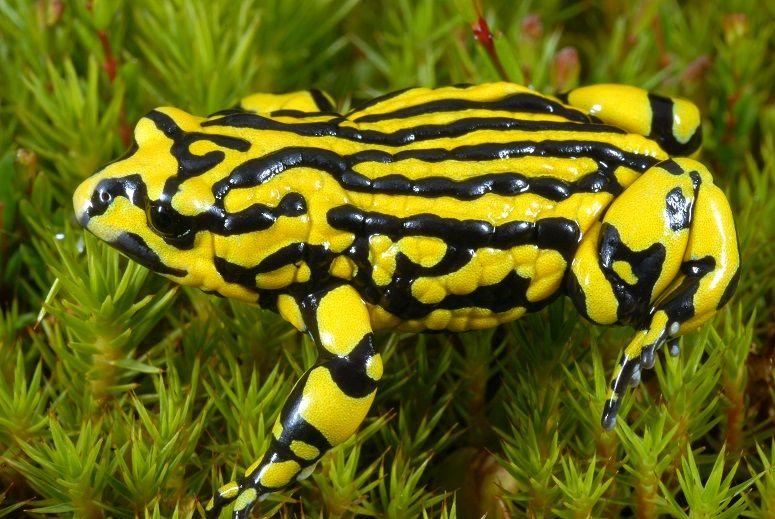Climate change dramatically increases extinction risks

News story
9 December 2024
A new study published in Science has synthesised the results of 485 studies from around the world looking at the risk of species becoming extinct under future climate scenarios.
It found that extinctions will accelerate rapidly if global temperatures exceed 1.5°C above pre-industrial levels. Under the highest-emission scenario, approximately one-third of species globally are at risk of extinction.
Australia, New Zealand and South America were identified as the regions that face the greatest threats. Amphibians and species from mountain, island, and freshwater ecosystems are also at higher risk.
Biodiversity Council Lead Councillor Professor Brendan Wintle from the Melbourne Biodiversity Institute at The University of Melbourne said that the study shows that climate change will play an increasingly important role as a driver of extinction and must be minimised to save species.
“Australia and New Zealand are highlighted as hotspots of extinction risk in a changing climate because the opportunity for species to move is limited. A big contributor to that problem is past and current habitat destruction.
“Due to habitat destruction, many species occur in small fragments of habitat and simply now have nowhere to go.

Climate change is forcing many montane species, such as the endangered silver-headed antechinus, up-slope into increasingly smaller mountain-top ranges. Image Gary Crantich.
“Even if we can limit global warming to 1.5 or 2 degrees, to cope with climate changes and avoid extinctions in Australia, threatened species need remaining habitat protected, habitat restoration and urgent recovery actions.
“This work reminds us of how critical and urgent it is to get effective environmental protection laws and an independent environmental protection authority in place to protect the dwindling habitats of Australia’s amazing, unique and increasingly imperilled biodiversity.
“And for the species that are already on the brink, we need to increase ten-fold our pitifully small species recovery budgets. We need federal government spending on on-ground conservation actions lifted to 1% of the budget now“.
Biodiversity Council Lead Councillor Associate Professor Nicki Mitchell from The University of Western Australia, an expert on amphibians, said that climate change is already impacting Australian frog species.
“Climate change contributed to recent extinctions of four frog species in Australia by making amphibian diseases, such as chytridiomycosis, more virulent.
“This new study is showing that climate change will directly drive future amphibian extinctions by making their habitat unsuitable.

One of the biggest threats to the critically endangered southern corroboree frog is the chytridiomycosis disease. Climate change is also drying out the bogs and pools that it relies on, through warmer temperatures, and less rain and snow. Image David Hunter.
“Australia has 18 species of frogs in the Critically Endangered category, and many of these species are terrestrial breeders that need damp soil to incubate their eggs and tadpoles.
“As the climate changes, the patches of suitable moist habitat for these species are diminishing, and we are seeing more years where breeding is failing.
“We know of actions that can be taken to assist Australian frog species to adapt to climate change, and while some are being trialled, it is not safe to assume that we have plenty of time up our sleeves to respond to this threat. Frog species can vanish very rapidly.”

The critically endangered white-bellied frog is one of many terrestrial breeding frogs that is put at risk if its habitat dries out. It lays its eggs in shallow nests in the soil under dense vegetation. Tadpoles never leave their nest and take two to three months to metamorphose. Image: Emily Hoffmann.
According to Biodiversity Council Director James Trezise, this study highlights just how interconnected the climate crisis and biodiversity crisis are.
“Australia's incredible wildlife and ecosystems face a layer-cake of threats, from invasive species, habitat destruction, and, increasingly, climate damage.
“This study shows why it's so important to protect critical habitats and develop plans to help species adapt to the impacts of climate change. It also underscores why we need to rapidly decarbonise our economy.
“We should be aspiring to leave this country to our kids and grandkids in a better state than we inherited it. That means taking real and meaningful action to safeguard our vanishing wildlife.”

Climate change is expected to increase the frequency and severity of extreme weather and bushfires. These conditions can degrade water quality and habitat for threatened freshwater fish species, such as the critically endangered Stocky galaxias, which only occurs in a small area of Kosciusko National Park. Image: Tarmo Raadik













